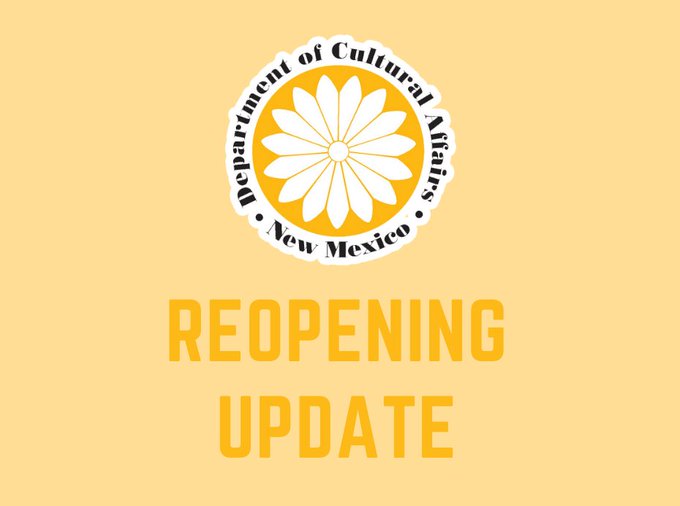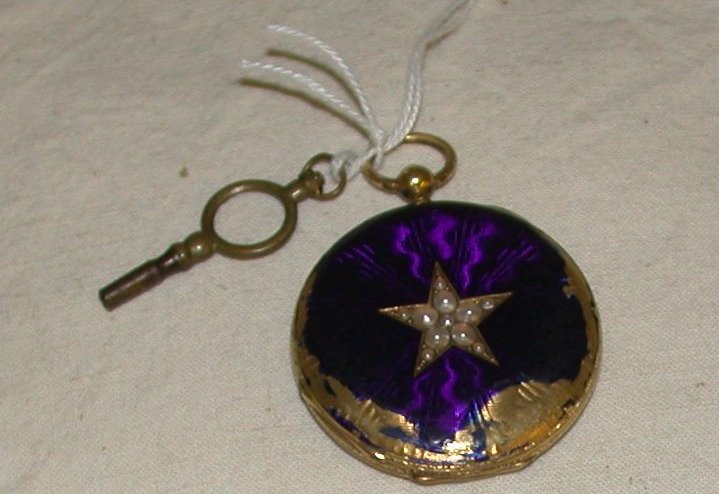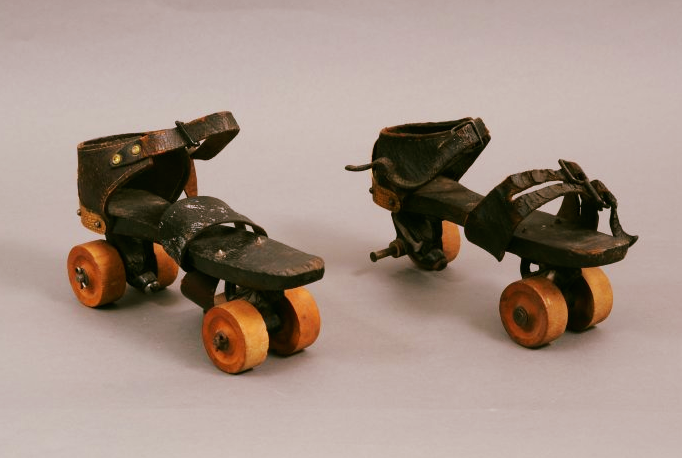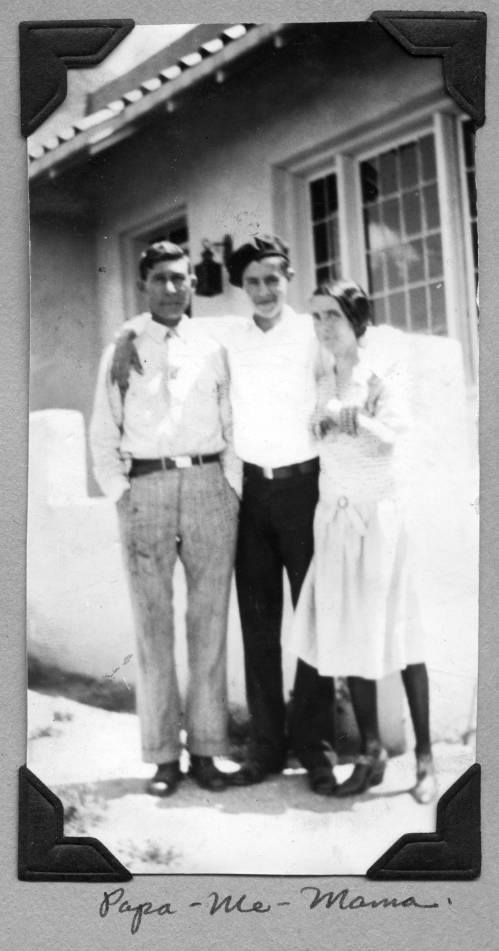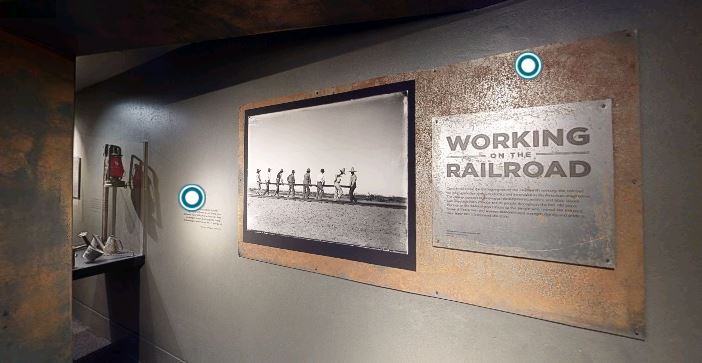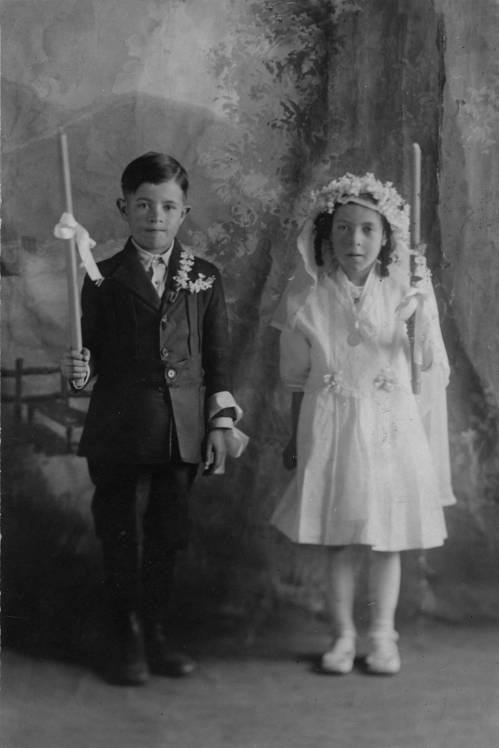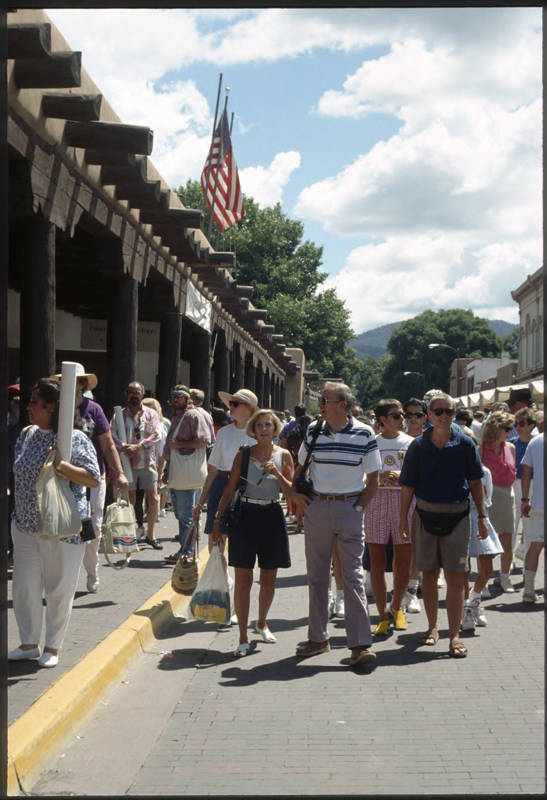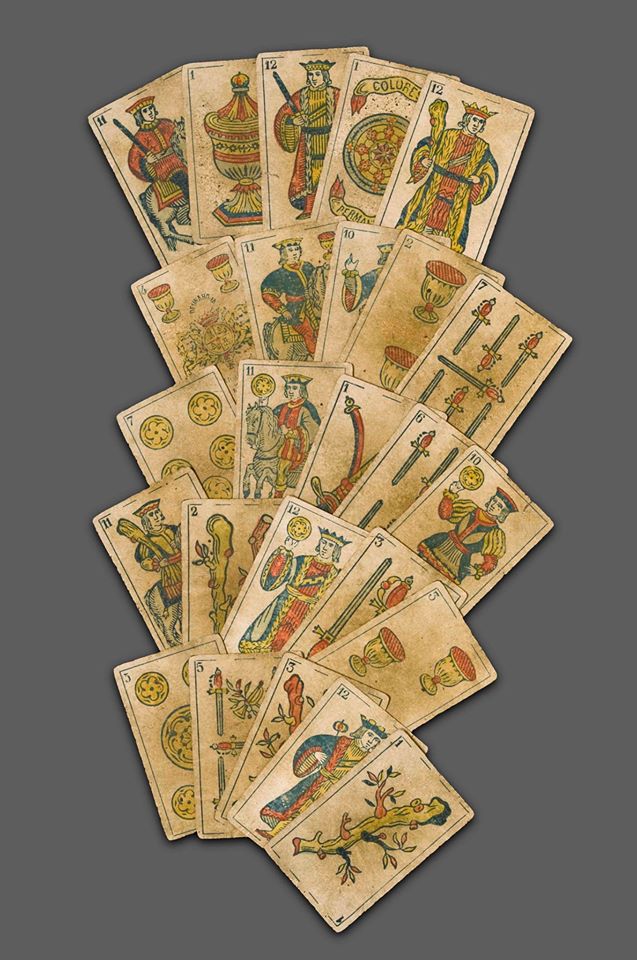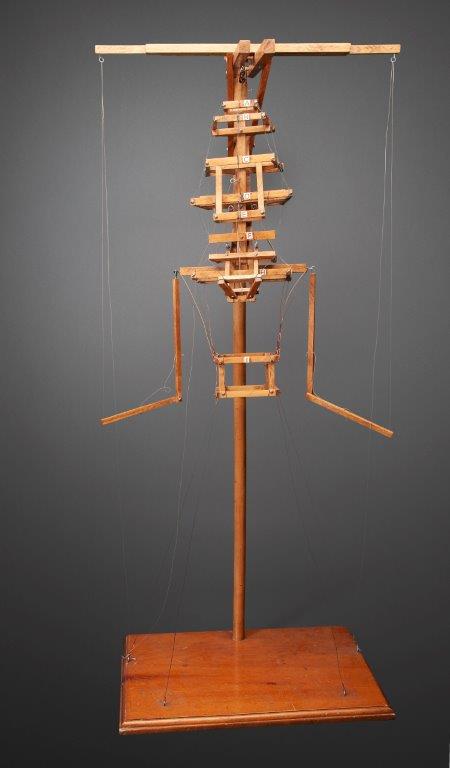
Will Shuster ca. 1935
Gift of the Santa Fe Kiwanis Club
NMHM/DCA 11476.45
Zozobra, a.k.a. Old Man Gloom, was first created by Santa Fe artist, Will Shuster, in 1924. The first public burning of Zozobra was held in a vacant lot behind the Santa Fe City Hall in Sept 3, 1926. Each year in early September, Old Man Gloom is burned to rid us of anguish, anxiety, and gloom, while commemorating the start of the Santa Fe Fiestas. Shuster’s creation first appeared in his backyard as a six-foot puppet. Over the years, Zozobra has grown to a monstrous fifty-foot high marionette.
Upon the reopening of the New Mexico History Museum, you can view the model of Zozobra on display in the exhibition “Looking Back.”
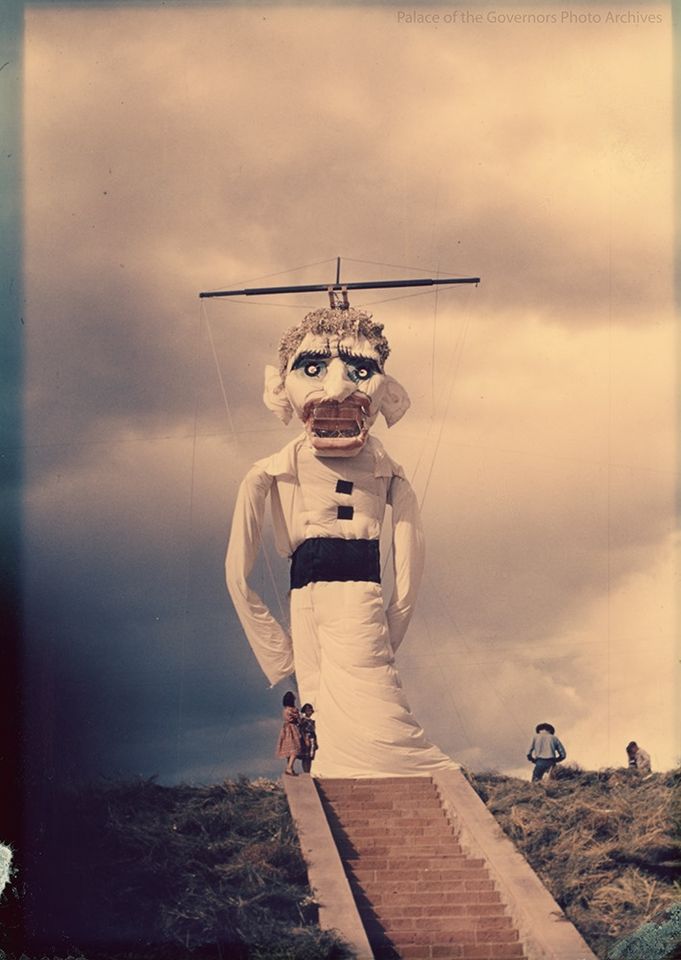
Zozobra, Santa Fe Fiesta, 1950
Photographer: Henry Dendahl
Palace of the Governors Photo Archives # 057747
Due to the COVID-19 health crisis, this year’s burning of Zozobra will be a no-crowd event held this evening at 8pm MDT. You can watch the burning on your television or go online at KOAT Channel 7, and at www.KOAT.com.
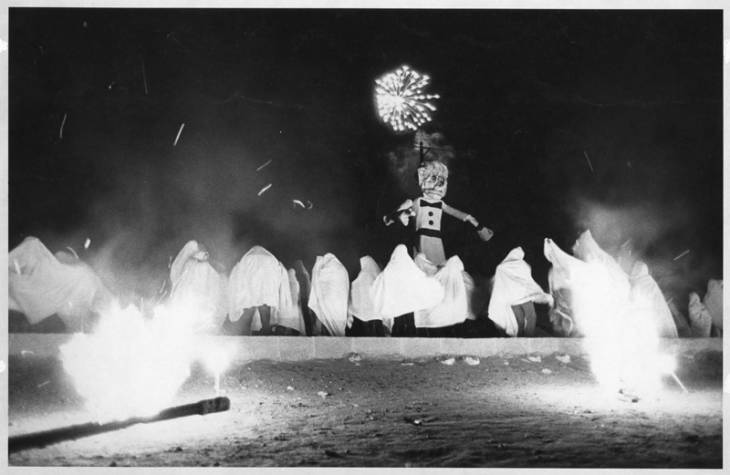
The “Gloomies” dance in front of Zozobra, Santa Fe, New Mexico, 1981
Photo by Mark Lennihan
Palace of the Governors Photo Archives # HP.2014.14.1636
Recently, the Museum Foundation of New Mexico hosted a talk (below) by New Mexico Museum of Art curator Christian Waguespack on the origin of the Zozobra festivities and its link to similar observances in various communities and cultures.

